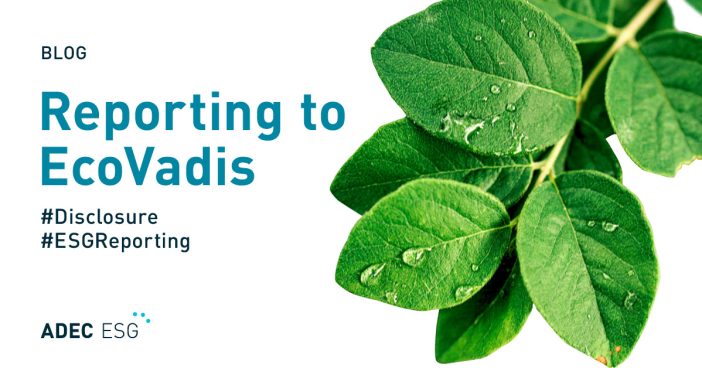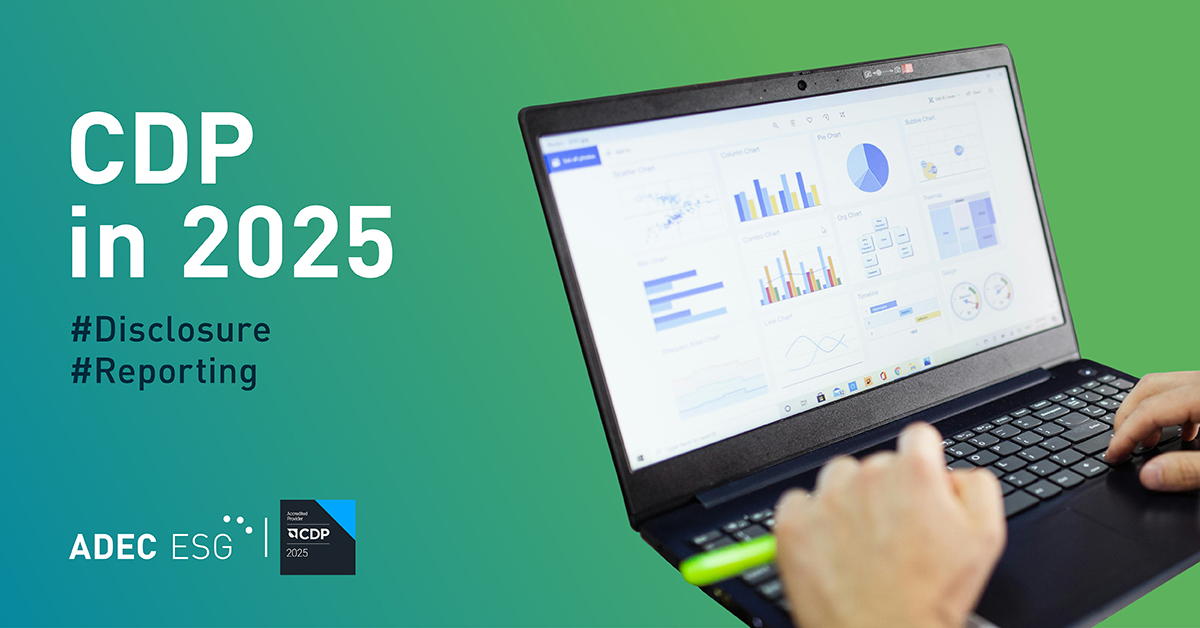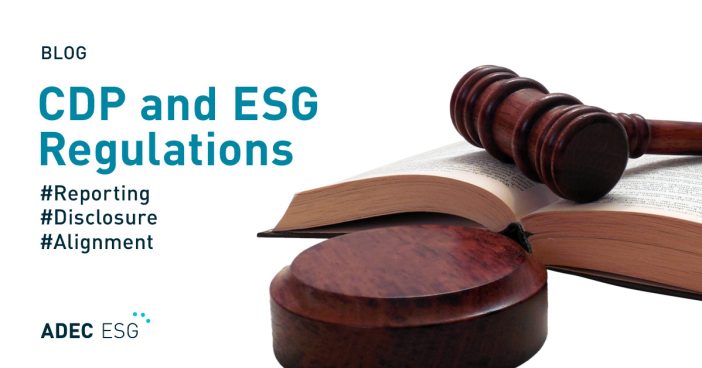Get caught up by reading part one of our series on EcoVadis, Why Evaluate Supply Chain Sustainability? Resilience, Regulation, and the Role of EcoVadis.
Founded in 2007, EcoVadis is an environmental, social, and governance (ESG) reporting cloud-based software used by over 750 organizations to assess and monitor their supply chains worldwide, including industry leaders such as Amazon, Johnson & Johnson, and JPMorgan. EcoVadis helps companies monitor increasingly complex global supply chains through supplier questionnaires and provide support directly to suppliers to improve their environmental and social footprints. As the regulatory environment around supply chain due diligence picks up, EcoVadis is working to turn the supply chain challenge into an opportunity.
If you’re a customer wanting to understand your supply chain, have been requested to respond to EcoVadis by a customer, or just want to kick start improving your ESG initiatives, this is your ultimate guide to getting started.
We’ll cover:
- The EcoVadis methodology
- The role of the requesting organization
- A step-by-step guide to responding to an EcoVadis request
An overview of the EcoVadis methodology
The EcoVadis framework centers around four themes:
- Environment
- Labor and Human Rights
- Ethics
- Sustainable Procurement
Each of these four themes have specific sustainability topics (or “criteria”) that a company must respond to based on its industry, size, and location. All claims must be backed up with documentation, ensuring the accuracy and credibility of a supplier’s ESG efforts. A company’s external happenings (i.e. court rulings, press, etc.) are also taken into account.
Reporting and documentation
EcoVadis takes a two-pronged approach to assessing ESG performance: self-reporting and external screening. Suppliers are asked to report on policies, actions, and results around sustainability topics and are screened by EcoVadis outside of the questionnaire through their 360° Watch Findings program.
- Policies: Commitments and targets indicating a company’s stance on a specific sustainability issue. Endorsements of external sustainability initiatives also fall under this category (e.g. UN Global Compact, Science Based Target initiative).
- Actions: Measures implemented such as standard operating procedures, training courses, third party certifications, audits, risk assessments, and more.
- Results: Metrics that display the tracking of key performance indicators for each theme, such as an EEO1, GHG inventory data, employee training hours, and more.
- 360° Watch Findings: Considers official statements from government bodies, court rulings, and legal settlements and press or NGO statements on the company.
By requiring documentation, this evidence-based method ensures that a company’s claims are credible and accurate, allowing for more impactful and targeted approaches for improvement.
The EcoVadis requester’s role
After requesting that a supplier respond to EcoVadis, the requesting organization’s role is limited but important. A requesting company should expect to do the following to support their suppliers’ response:
1. Let your suppliers know that you will be requesting their response
Key to a successful EcoVadis response is alignment between the requesting and requested companies. Consider sharing your overall sustainable procurement goals and why you are choosing to use EcoVadis to achieve them.
2. Identify the point person within the supplier organization that will lead the response
This person will be receiving an email from EcoVadis with steps to register and complete the response.
3. Track progress of your suppliers’ responses
Within the EcoVadis platform, you are able to monitor the status of your suppliers’ responses to the questionnaire. This includes information regarding suppliers who have completed their assessment, are still in progress, or declined to respond. In some cases, EcoVadis may require action from you to follow up with your supplier who may not have been responding to any EcoVadis communications.
4. Be a resource for your trading partner (supplier)
Whether a partner decides to participate, post submission is an opportunity to engage those partners and tailor your relationship with them. It is up to the requester to decide whether a “good” score is key from a sustainable procurement standpoint or an opportunity to further engage and provide resources to improve suppliers’ sustainability management programs.
Whether or not a trading partner decides to participate, take this opportunity to engage with each supplier and allow their results to help inform how you tailor your relationship with them. Will you require a high score from suppliers as a part of your sustainable procurement program? Does a low score signal an opportunity for further engagement to improve that supplier’s sustainability management programs? If a supplier declines to participate, will you—as their partner—provide additional supportive resources to encourage participation in the future? Ultimately, it is up to you as the requester to decide how to best use the information provided by EcoVadis scores, and we encourage engagement at all levels.
5. Continue to integrate this into your sustainable procurement program
Your engagement with suppliers doesn’t need to stop at the EcoVadis assessment stage. As your company continues to look ahead towards longer-term commitments within sustainable procurement, EcoVadis can be a helpful tool to monitor and track your suppliers’ improvements over time, as well as manage any potential supply chain risks. Many companies require their suppliers to respond to EcoVadis on an annual basis, and this allows them to see how suppliers’ efforts can contribute to their own.
Any organization or stakeholder can ask its suppliers to complete an EcoVadis assessment, and the platform allows for the sharing of scorecards, scores, and metrics for easy data sharing.
EcoVadis provides a space for vendors, subsidiaries, and suppliers to report ESG information, and also provides thorough and clear guidance on how to improve its policies and processes via the EcoVadis Academy.
The EcoVadis responder’s role
Step 1: Complete registration
Whether you’ve been requested to respond by a customer or are choosing to respond independently, creating an EcoVadis account is the first step. After choosing a point of contact (i.e. a project manager for the EcoVadis response), you will be asked to disclose the following:
- Legal name of your company
- Whether your company is a group, entity, or site
- Size of your company (in terms of full-time employees)
- Location of your headquarters (or specific site address, depending on the selection for #2)
- Your industry, based on the International Standard Industry Classification guidelines
This information will allow EcoVadis to tailor the scope of your questionnaire appropriately.
Step 2: Review your questionnaire
Once you’re registered, EcoVadis takes about six business days to verify your company’s information. During that time, you will have access to a sample questionnaire. Note that your actual questionnaire may be different from the sample questionnaire and include different sustainability topics, as each questionnaire is different based on the industry, size and location of the company.
Submission happens through EcoVadis’ online platform, but we recommend first downloading an export of the questionnaire to help manage your responses offline.
Once you have access to the questionnaire, you will only have three weeks to respond—or you may extend to 60 days for a fee.* Before responding, take some time to review the contents of the questionnaire and consider what is required to appropriately respond. If you are confident that your company has a fairly robust and organized sustainability management program in place, then three weeks may be a feasible timeline. However, even with a strong sustainability management program, collecting data and coordinating with internal stakeholders can still be quite time-consuming, so consider if an extension may be right for you and coordinate with your requesting company accordingly.
As mentioned, EcoVadis’ questionnaire is broken up into four main themes: Environment, Labor and Human Rights, Ethics, and Sustainable Procurement. These themes are further divided into 21 sustainability criteria. The criteria included in your company’s questionnaire are determined by your company information.
Environment
Operations
- Energy Consumption and GHGs
- Water
- Biodiversity
- Local and Accidental Pollution
- Materials, Chemicals, and Waste
Products
- Product Use
- Product End-of-Life
- Customer Health and Safety
- Environmental Services and Advocacy
Labor and Human Rights
Human Resources
- Employee Health and Safety
- Working Conditions
- Social Dialogue
- Career Management and Training
Human Rights
- Child Labor, Forced Labor, and Human Trafficking
- Diversity, Discrimination, and Harassment
- External Stakeholder Human Rights
Ethics
- Corruption
- Anticompetitive Practices
- Responsible Information Management
Sustainable Procurement
- Supplier Environmental Practices
- Supplier Social Practices
There may be cases where you may be asked a question that is not relevant to your company’s business activities despite being considered relevant to your industry. In these situations, we recommend leaving a comment within that question explaining your situation. Alternatively, if you believe that the questionnaire does not accurately represent your industry or you believe that you’ve been classified under the wrong industry, contact EcoVadis to clarify. EcoVadis uses a robust classification described here, so you may need to provide documentation to support your case.
Step 3: Identify key stakeholders and documents
For most companies, different departments will own different policy and process documents. Review the questionnaire and identify the key internal stakeholders that can provide appropriate documentation support. Having a well-organized management system will be crucial to ensuring you don’t lose track of key evidence. Note that EcoVadis has a new document upload limit of 55 files, so ideally supporting evidence should be as comprehensive as possible. For instance, sustainability reports are a great way to consolidate key performance metrics across all four themes.
Let’s say that the assessment calls for a policy or other supporting evidence that your organization does not currently have. You may be tempted to create one for the sake of meeting criteria, but we strongly advise against this. EcoVadis sets out key criteria for acceptable documents to ensure that companies are not only focused on their score but that they are thoughtfully considering how these documents play into overall sustainable management. Per EcoVadis, at minimum, documents must be:
- Relevant: Make sure that the document clearly covers your company (e.g. includes your company name) and is related to the assessment criteria at hand (e.g. if the criteria is assessing your hazardous waste management practices, a water management standard operating procedure may not be appropriate).
- Up-to-date: Is your document still current? While policies and actions may not always change on an annual basis, keep in mind that EcoVadis requires that these documents be updated if older than eight years. On the other hand, KPIs have a shorter time frame and should be updated at least every two years. All documents should not have been issued less than one month before submission.
- Credible: Documents should be preexisting, completed, and integrated into your sustainability management program.
Keep in mind that EcoVadis is a method to assess your overall ESG program. If you are unable to provide evidence for a particular criteria at the time of the assessment, take this as a learning opportunity to improve your ESG strategy and initiatives, whether that’s working with internal departments to implement a new policy or beginning to track metrics that weren’t previously reported.
Step 4: Submit your response
The submission process itself is fairly straightforward, but you will be required to subscribe to one of EcoVadis’ assessment tiers (Basic, Premium, or Select). Below we’ll break down some of the pros and cons of each and how you might be able to get the most of your assessment.
- Basic: This is the minimum level that companies can subscribe to. With this level, you’ll gain access to your EcoVadis scorecard and introductory e-learning courses provided by EcoVadis academy. You’ll be able to share your scorecard internally and those within your EcoVadis network, but external sharing is limited. This option may be best for companies who are just beginning their sustainability journey.
- Premium: In addition to the offerings under the Basic subscription, Premium allows you to benchmark yourself against others within your industry, receive access to all EcoVadis e-learning courses, and have a discounted fee session with an EcoVadis analyst. This option may be best for those who are looking for more detailed insights to improve their sustainability management program.
- Select: Select offers the same features as Premium, but you’ll also be provided a dedicated EcoVadis support team who can assist you throughout the assessment process and a session with an analyst at no cost. This option can also streamline your drafting process, as questions will be pre-filled with any publicly available documents your company has. This can allow your team to focus on the questions that are a bit more challenging to gather internally.
In approximately 6-8 weeks, EcoVadis will complete its assessment of your questionnaire and provide a scorecard.
Step 5: Create an improvement roadmap
Once companies receive their score, EcoVadis’ platform provides a performance dashboard that displays comprehensive and more transparent feedback on how suppliers can improve their responses and ultimately overall ESG management. The platform includes a performance dashboard where companies can:
- Review reasons why documents were rejected per assessment criteria
- Understand overall score by theme and indicator
- Set up corrective action plans to monitor and manage improvements
- Benchmark against industry peers (dependent on subscription)
These insights can help companies make more informed decisions on priority areas of their ESG program and strategy. Through EcoVadis, whether a requester working to better engage your supply chain or responder working to improve reporting and transparency, you’ve taken the first steps to support your overall sustainability journey.
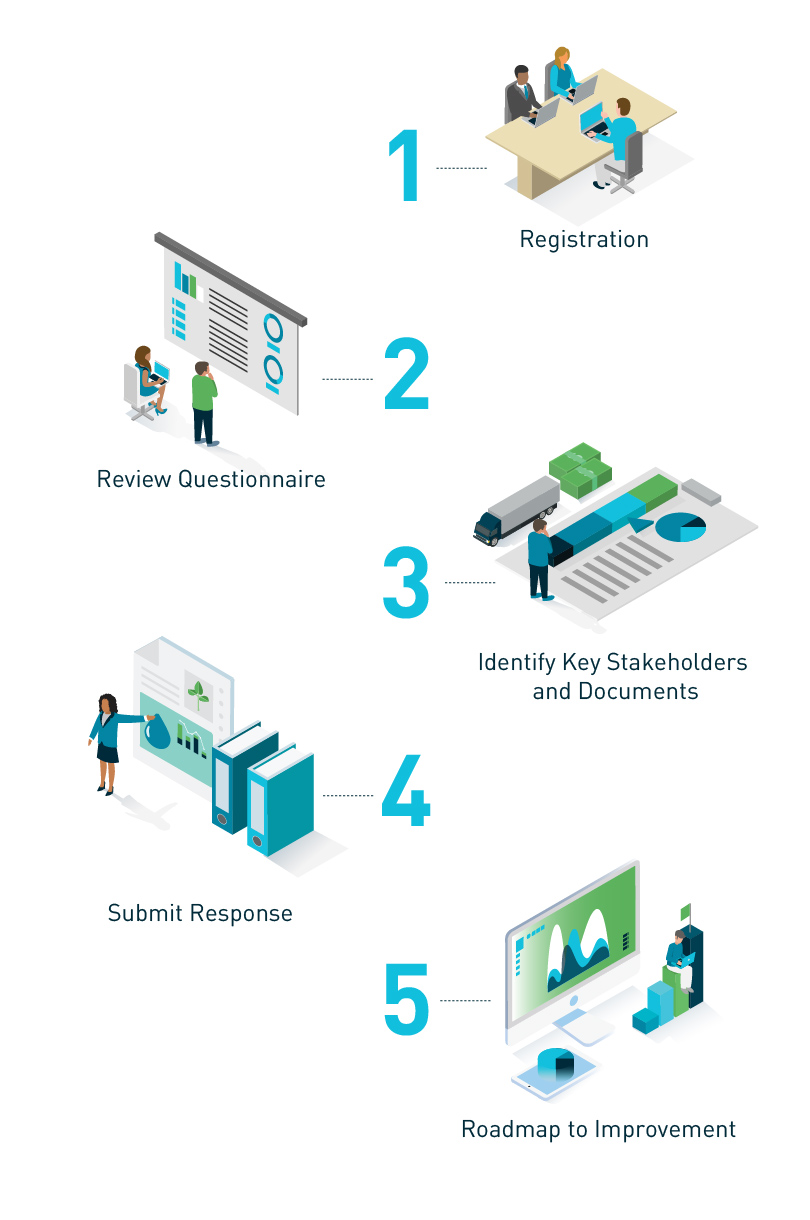
Preparing a response to an EcoVadis request? Considering EcoVadis as a part of your supplier engagement program? As an Approved EcoVadis Training Partner, ADEC ESG supports both requesters and responders, with years of expertise in sustainability disclosure, ESG metrics management, and strategy development. Talk to our team to learn more about how we can help, no matter where you are on your sustainability journey.
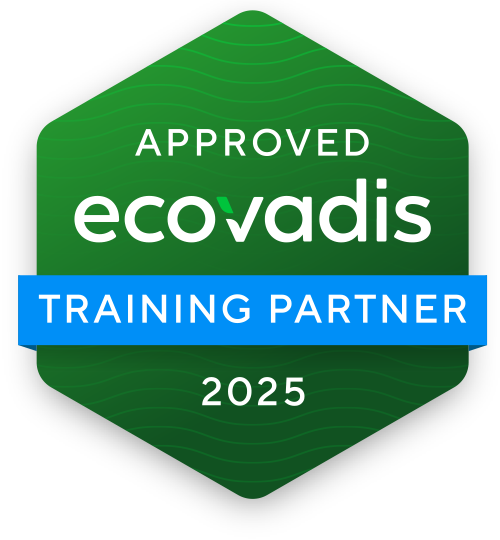
This blog provides general information and does not constitute the rendering of legal, economic, business, or other professional services or advice. Consult with your advisors regarding the applicability of this content to your specific circumstances.
*Note that some requesters may cover the cost of suppliers’ EcoVadis fees.

